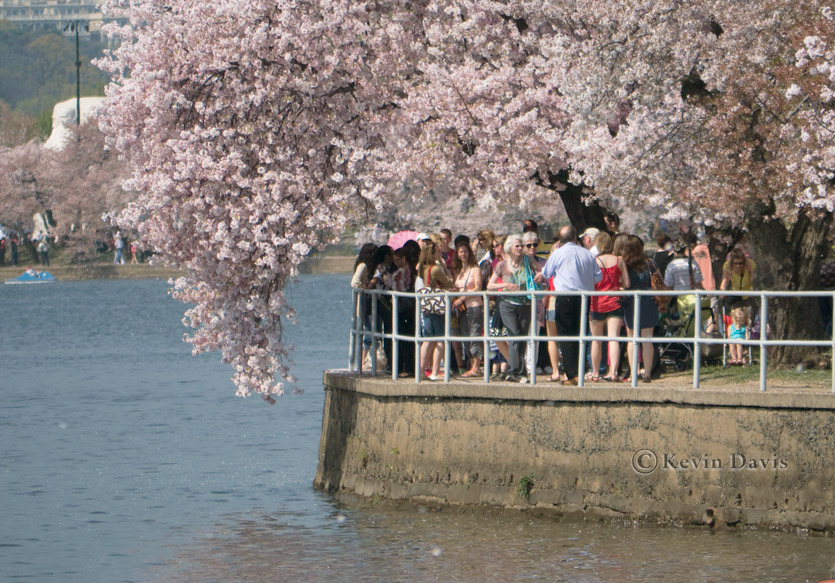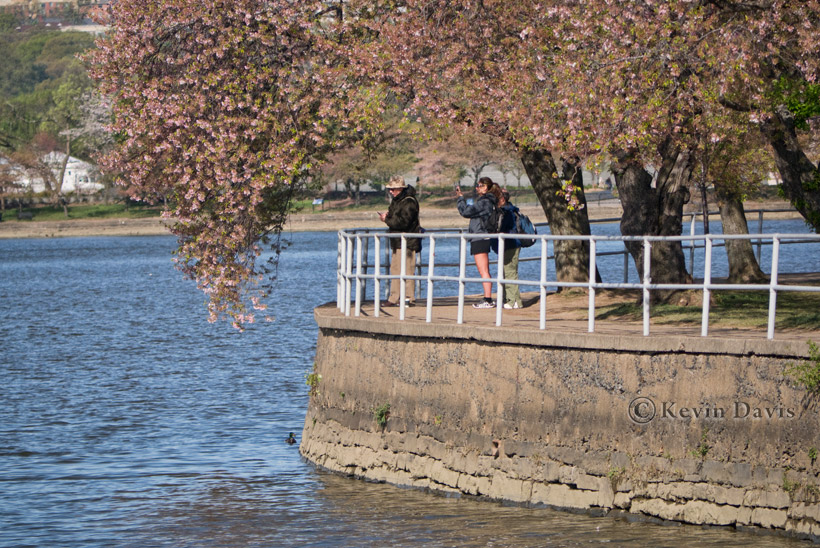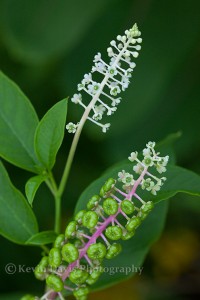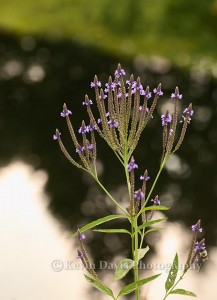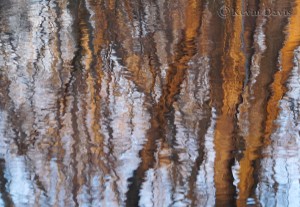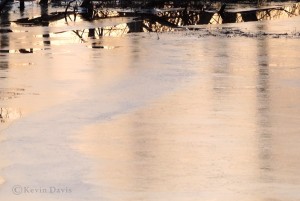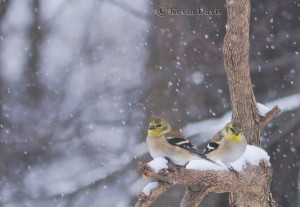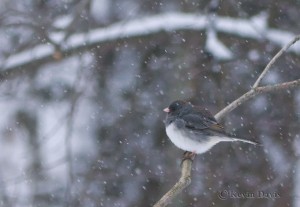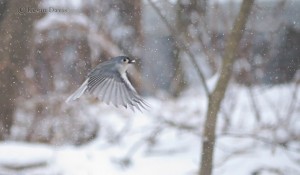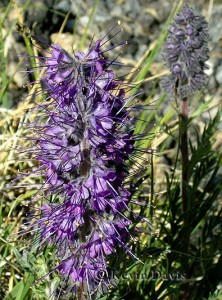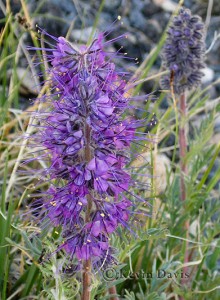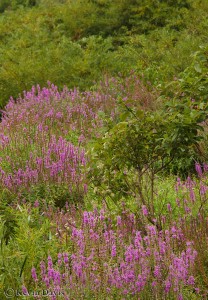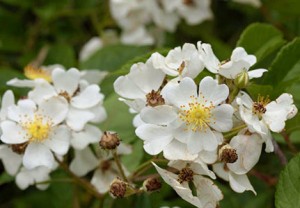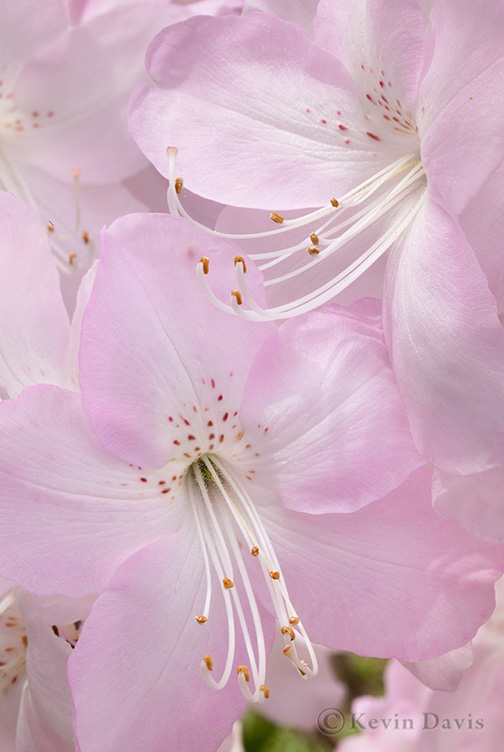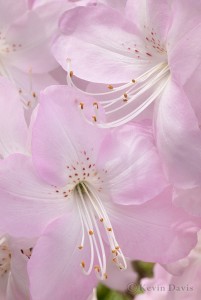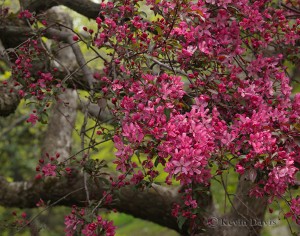2012 is the 100th anniversary of a gift. The Mayor of Tokyo Japan gave 3000 cherry trees to the people of Washingington DC. That’s a lot of trees. And as they bloom (all at the same time), that’s a riot of pink color that draws a pretty big crowd. But this year, if you did not come to this party early, you missed most of the show.
Normally, the magnificent flowers of these cherry trees begin to bloom around March 24 and peak during first week of April. This year, the warm weather in March caused the trees to bloom far earlier. And the show was over on March 25.
The first photo here is from March 23. The second was shot this morning, March 27. You can see what happened due to rain and wind over the weekend.
The crowd of people on Friday was crazy. Almost like the Esplanade in Boston on the Fourth of July (almost).
Not all is lost. These cherry trees here are the famoush Yoshino cherry trees. But there are a few other species that are still blooming nicely, for example the Kwanzan cherry trees are stunning (though there are not nearly as many). The area around the Jefferson Memorial is quite nice. And D.C. is looking quite green these days as deciduous trees are beginning to leaf out.
